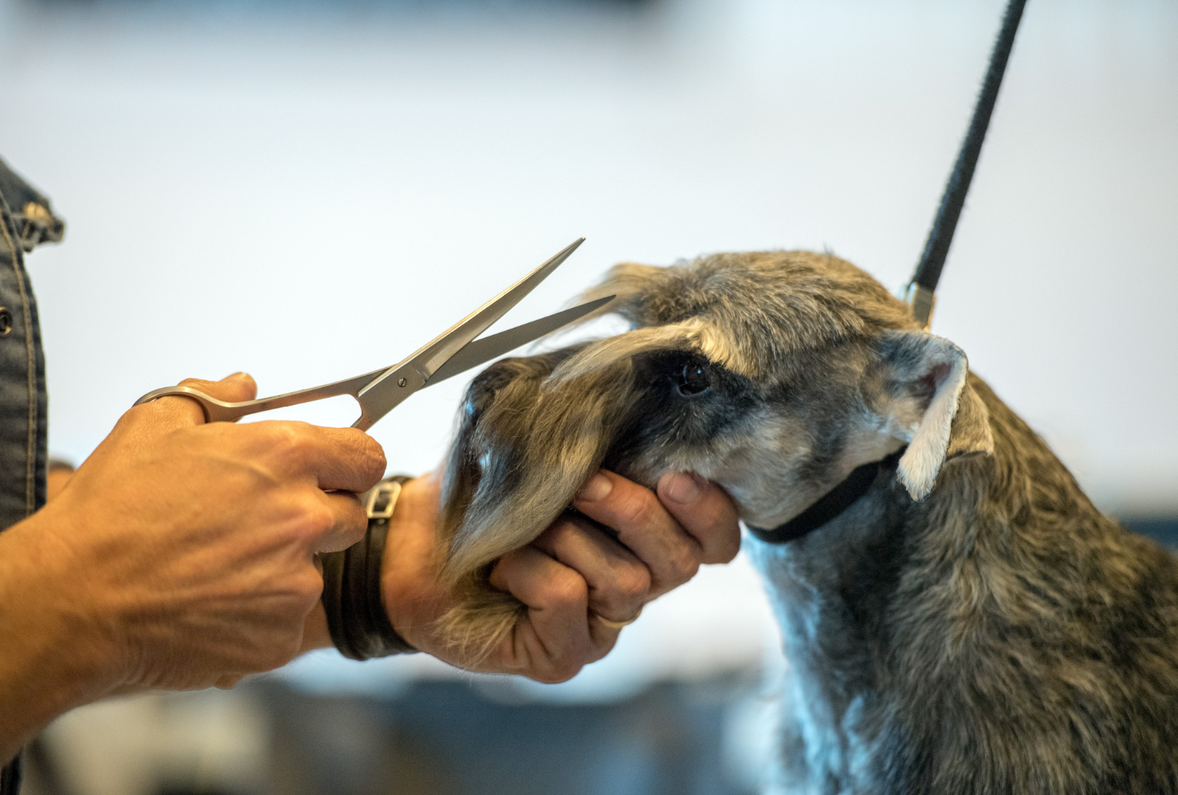Happy and Healthy Cats: Keep Your Feline Feeling Fine
Keeping a Healthy and Happy Cat
Tips, Tricks and Facts to Keep Your Feline Feeling Fine
Before becoming domesticated, cats and humans are thought to have had relationships as far back as 10,000 years ago. While we may think of cats as being self-sufficient and capable of taking care of themselves, the truth is that house cats are social creatures with particular emotional, dietary and health needs. Here are some ways to keep your cat healthy and happy!
Are Cats Carnivores?
Yes! Cats are obligate carnivores. Their digestive systems are not efficient at processing carbs and they are meant to eat meat as their primary source of glucose and some other key nutrients. Important vitamins and amino acids cats get from meat include vitamin A, arginine and taurine. Cats are also unable to synthesize vitamin D directly from sunlight, and some cat foods include added vitamin D to support feline nutrition. Your cat’s dry or wet cat food should be specially geared towards taking their nutritional needs into account.
Keep Your Cat Hydrated!
You can check with your vet for specific pet hydration needs and potentially use strategies such as adding additional water into their food, if recommended by a doctor. As a general rule, your pet should have access to fresh, clean water in a bowl or cat water fountain at all times so they can hydrate when they feel the need to. Staying properly hydrated can avoid discomfort and help to prevent other health issues down the line.
Avoid Physically or Verbally Punishing Your Cat
Physically punishing or yelling at your cat can make them see you as a threat and potentially worsen negative behaviors. Instead, it can be useful to adopt positive reinforcement when your cat is resting in the appropriate area, using their scratching post (instead of other furniture) or playing with the proper toys. Using “remote correction” by altering the environment of certain areas can also help to correct their behavior. Adding a deterring smell (such as citronella, aloe or eucalyptus oil) or an unpleasant texture (such as sticky paper or a sheet of aluminum foil) to an off-limits part of your house can train your cat to steer clear. These “remote” methods can also keep you from directly coming off as a threat to your sensitive feline.
Keep a Comfortable Environment for Your Cat
This can involve furnishing your home in a cat-friendly way, providing cat toys for healthy stimulation and keeping their litter box area clean. Cats like to have vertical space where they can survey their surroundings, and there are ample options available for cat trees and ledges that can be installed in strategic areas. You may also want to set up a vantage point near a window, so your cat can get a view of their outdoor environment as well.
Introduce New People and Animals Slowly
Respect your cat’s space and comfort. If they are uncomfortable or cautious around a new animal in the household, give them time to acclimate. Some professionals recommend keeping cats separated for up to two weeks when they are first being introduced, allowing them to slowly get used to the sights, smells and proximity of each other’s presence. If your cat feels like keeping to themselves, allowing them to do so can keep them comfortable and happy.
Spend Time Grooming Your Cat
Regular cat grooming gives you an opportunity to spend some quality time with them, and it also lets you check up on their physical condition. Grooming can also help to remove dust, dead skin and loose hairs, while preventing serious tangling and matting. Cat combs and brushes also stimulate healthy circulation and sebaceous gland secretions, for healthier skin and coat. Daily brushing to remove loose hairs can also prevent the swallowing of hairs and the forming of hairballs. Additionally, some older felines tend to use cat scratching posts less often, so you may want to trim your cat's nails on a more regular basis to prevent overgrowth and snagging.
Play With Your Cat!
Playing with your cat or kitten can teach them lessons for interacting with people and the world around them. Play is also a healthy way to use up some energy and stay fit, while keeping their brain alert and active. This can also show them safe ways to fulfill instinctual urges by stalking, pouncing on, chasing and batting at objects.
You’ve Got This!
Taking care of a cat is an important and rewarding responsibility that also gives back to the cat owner. Hopefully these tips help to inform and inspire you to keep your cat the happiest and healthiest they can be. If you enjoyed this read, please check out our other blogs or browse our full collection of cat products!
Sources:
https://www.vet.cornell.edu/departments-centers-an...
https://www.rspca.org.uk/adviceandwelfare/pets/cat...
https://www.cats.org.uk/help-and-advice/cat-behavi...
https://icatcare.org/advice/stress-in-cats/
https://www.petmd.com/cat/behavior/history-cats-look-feline-domestication
Recent Posts
-
Spring Into Action: Fun Exercise Ideas for Your Canine Companion
Spring Into Action: Fun Exercise Ideas for Your Canine Companion As the winter chill melts away …Mar 26th 2024 -
Understanding Dog Grooming Shears: Cutting Through the Noise
Understanding Dog Grooming Shears: Cutting Through the NoiseDog grooming, or in particular trimming, …Feb 5th 2024 -
Choosing the Perfect Bed for Your Dog: A Guide to all Types of Dog Beds
Types of Dog Beds: Choosing the Perfect Bed for Your DogEvery dog owner knows that a comfortable pla …Jan 26th 2024





